
Acclimation is the process of gradually introducing your fish to its new home to avoid shock.
Shocks can cause illness, loss of appetite, discoloration, lethargy, and even death.
Read on to see what happens if you don’t acclimate fish and how to properly do it.
What Happens If You Don’t Acclimate Fish?

Whether you buy it online or offline, the transport process can be a daunting experience for your fish.
You should consider an acclimation period to make sure it gets used to the new environment.
Here’s what happens if you fail to acclimate your fish.
1. Stress
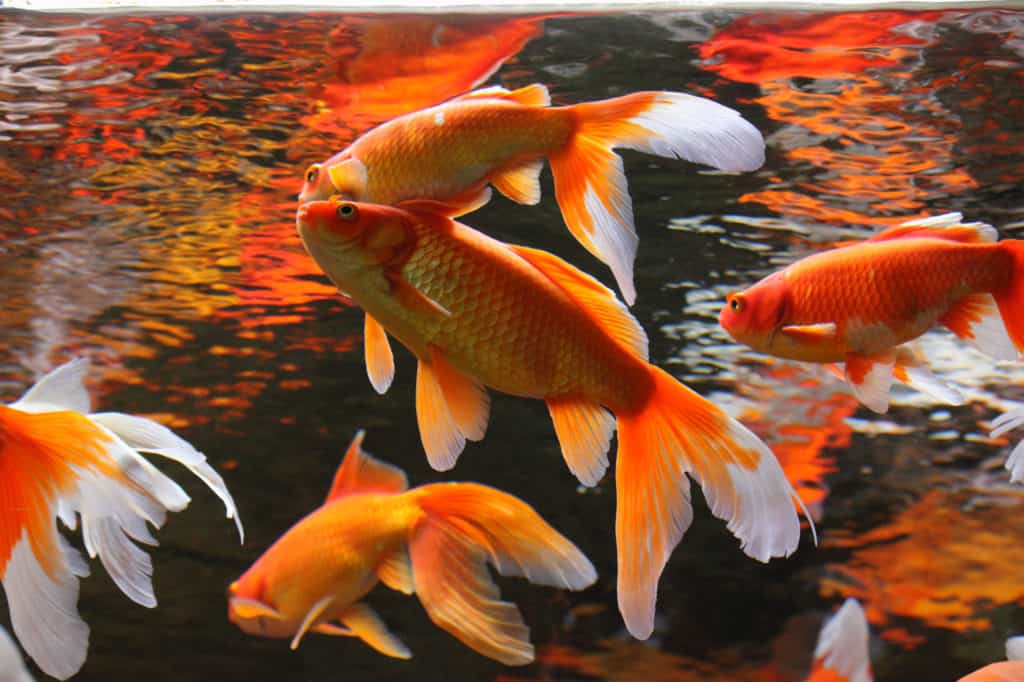
Saltwater and freshwater fish, shrimp, corals, and other marine life forms are used to living in stable conditions.
Even a slight change in the environment can put them under a lot of stress.
Depending on the stress levels, the fish will get sick or even die after a few days.
Most fish die after they come into new environments because of the stress and shock they experience.
The factors which may contribute to stress include light, nutrition, water flow, and the presence of other fish.
Here’s what you need to know:
2. Light
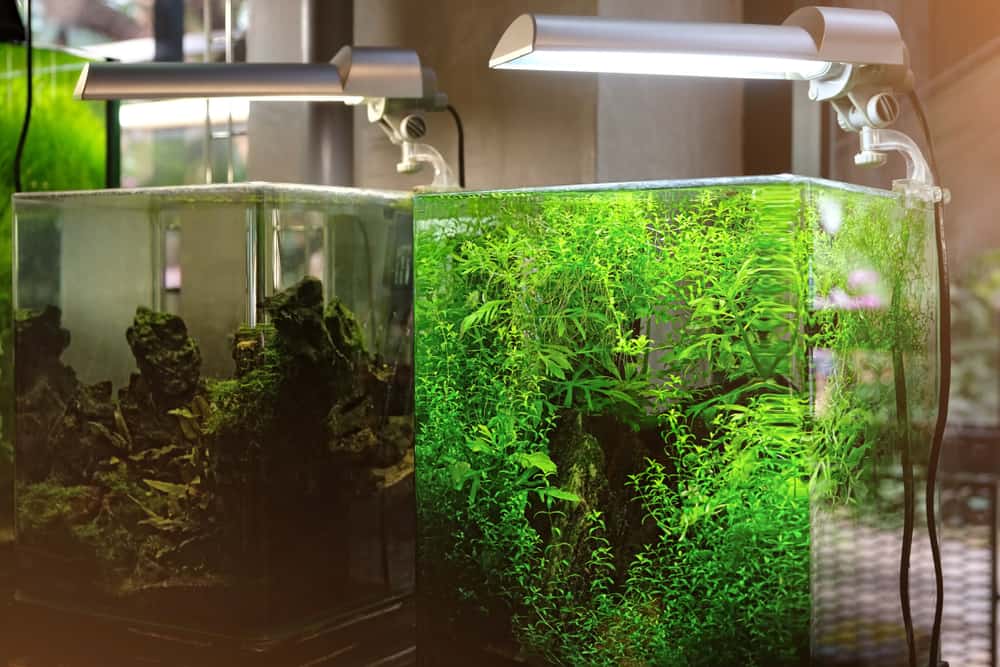
Suppose your fish has been in a dark shipping bag for 12 hours.
Now, you take it out of the bag and immediately put it in the brightly-lit fish tank.
How would your own eyes react if you experienced the same situation?
Like humans, fish also need some time to get used to any changes in light intensity.
This change is so serious for the fish that it can put them in danger of illness.
3. Nutrition

Fish nutrition plays a decisive role in the first few weeks after its introduction into the new tank.
It’s one of the main reasons fish die during those early weeks.
All fish differ when it comes to eating.
Some of them are picky eaters, while others grab anything they can find in the tank.
Still, other fish species need to follow particular diets.
That’s why you need to ensure your fish is properly fed and has access to the right type of food.
Some fish, such as Copperband Butterflies, even lose their appetites when they move to new tanks.
It’s essential to check on your fish to make sure it hasn’t stopped eating.
Read up on all the nuances of your fish’s diet and eating habits when you get them.
4. Water Flow

Fish stores don’t usually use powerheads to create flows.
On the other hand, home fish tanks often have strong water flows since most hobbyists are worried about aeration.
Introducing the stranger fish into your high-flow tank is a surefire way to put it under immense stress.
5. Other Fish in the Tank

Tankmates, especially territorial fish, can bully and attack your new fish, which causes considerable stress.
You should take care of this immediately.
Also, make sure anything you do to solve the issue addresses the bully, not the newcomer, who’s already under a lot of stress.
You don’t want to remove or isolate it and make it even more stressed.
You could also distract the older inhabitants by putting food on the other side of the aquarium before putting the new fish in the tank.
With its tankmates away, the new fish can find a place to hide and have enough time to adjust.
6. pH Burn
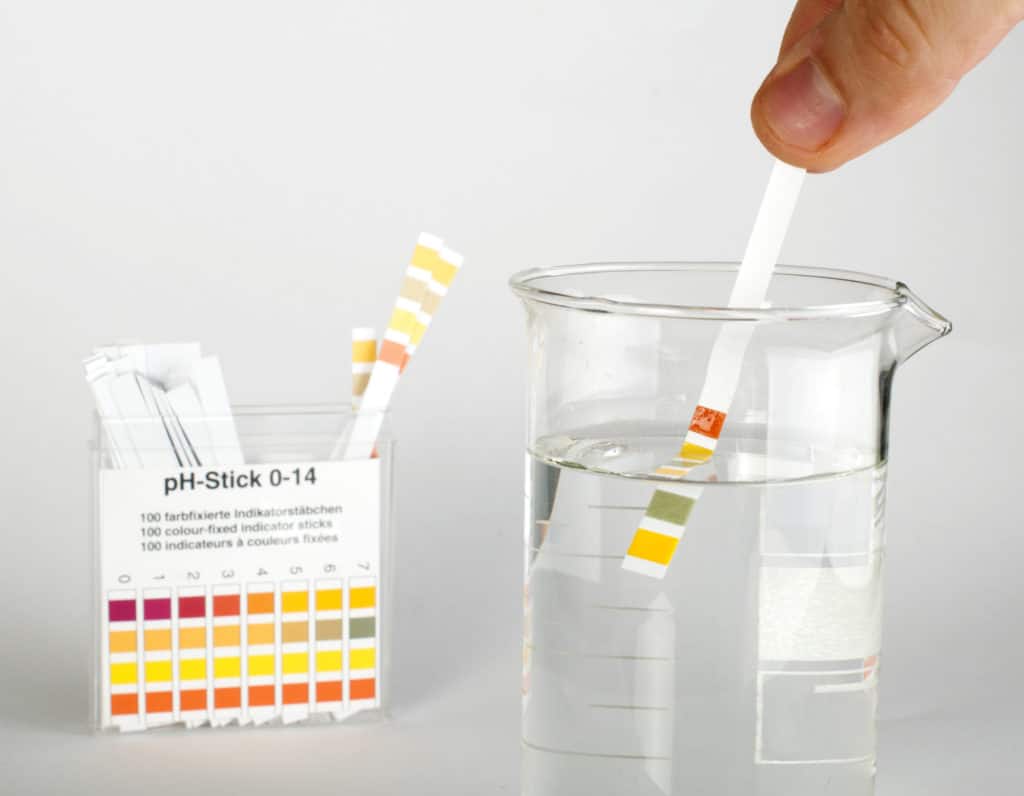
The water in the transport bag, the shop’s aquarium, and your aquarium can all have different pH levels.
This means the fish can experience different acidity levels in a short time.
For example, during shipping, the fish waste and respiration cause the pH to drop, but tank water tends to be less acidic.
If the pH levels are high, the fish might lose its slime coat, which could cause its scales to crack.
If the pH levels are low, the water will turn acidic and burn the fish’s tissue, leading to its death.
Saltwater aquariums need a pH level between 8.0 and 8.4, while the ideal pH level for freshwater aquariums is around 7.0 pH.
Note that the pH levels have logarithmic strength levels, which means pH 7 is ten times stronger than pH 7.0 and pH 9 is 100 times stronger than pH 8.0.
If your transport bag has a 7.0 pH and your aquarium has an 8.0 pH, the pH difference is ten times stronger for your fish.
That difference can massively shock the fish!
7. Osmotic Shock
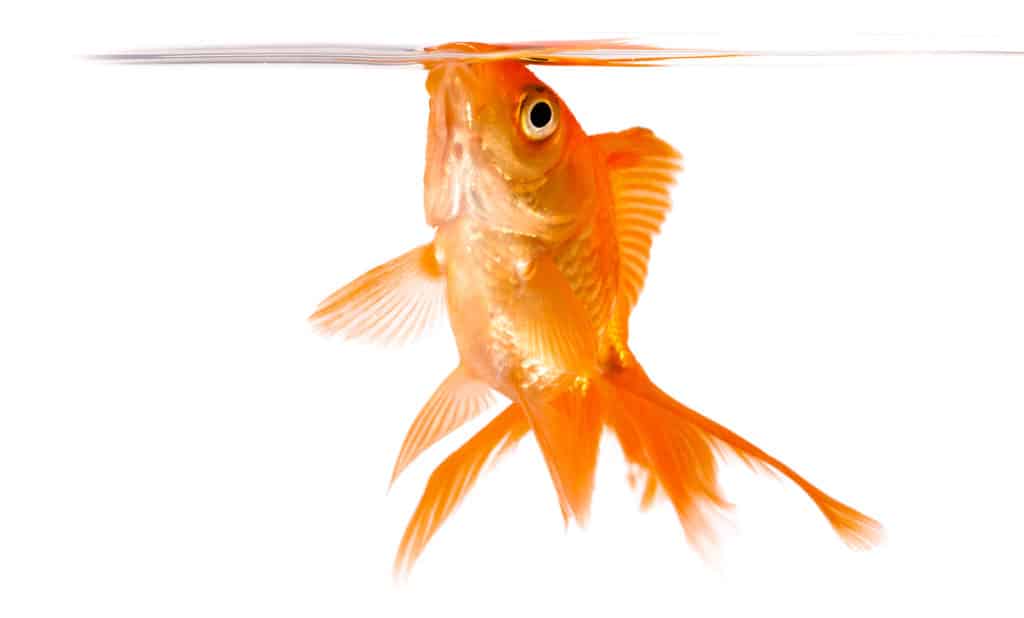
Osmotic shock is one of the biggest reasons fish die after they go into new aquariums without acclimation.
It relates to the amount of salt in the water, often called salinity.
While the recommended salinity level for home aquariums is 1.025, this number in most fish stores is 1.017.
This difference is large enough to cause an osmotic shock and kill your fish.
If you don’t acclimate your fish before putting it in the aquarium, it can’t regulate the salt-to-water ratio in its body.
An osmotic shock can kill a fish in two or three days.
It can also cause discoloration, lethargy, rapid breathing, or hyperactivity in the fish.
It can also cause infection by making the mucous membranes break away or make the fish’s fins fall off.
The fungi and bacteria in the water can infect the wounds, weakening or even killing the fish.
8. Ammonia Toxicity
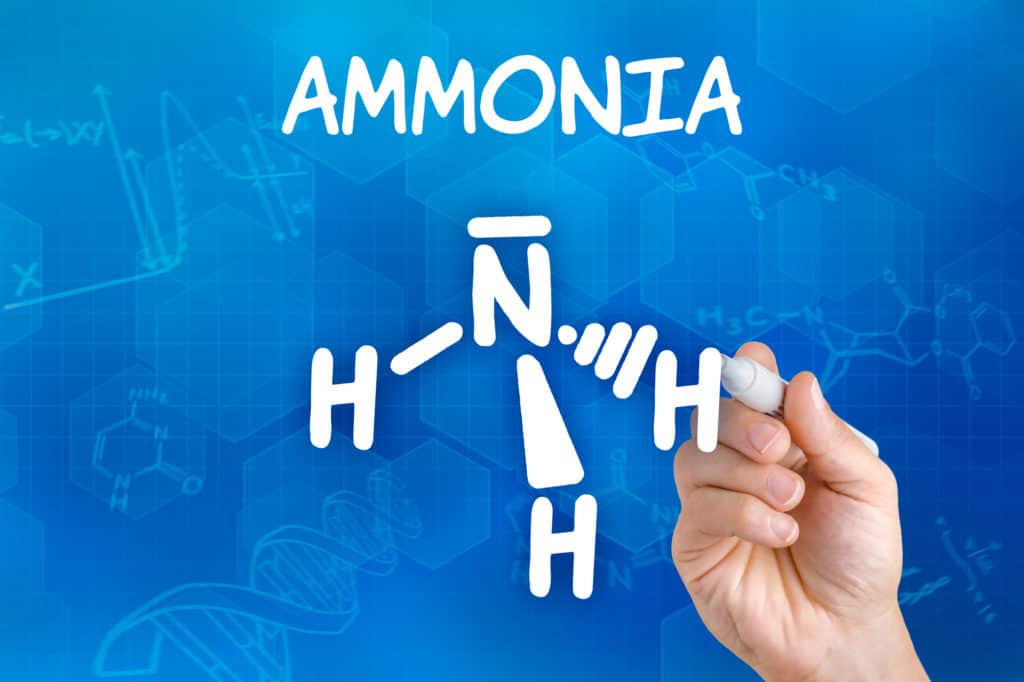
Ammonia is a highly toxic chemical found in fish waste.
The ideal amount of ammonia for fish is zero, but trace amounts won’t be seriously harmful over a short period of time.
The transport bag is a stressful environment for the fish with all the movement and temperature changes.
The fish defecation will increase as a reaction to this stress, resulting in higher ammonia levels in the bag.
If there isn’t plenty of water in the bag to dilute the ammonia, or the journey is long, the fish will be overexposed.
Ammonia poisoning can lead to weakness, torn fins, discoloration, difficulty breathing, increased heart rate, and restlessness.
In severe cases, it can cause coma and even death.
To minimize ammonia accumulation, you want to cut the journey from store to home as short as possible.
9. Nitrate Shock
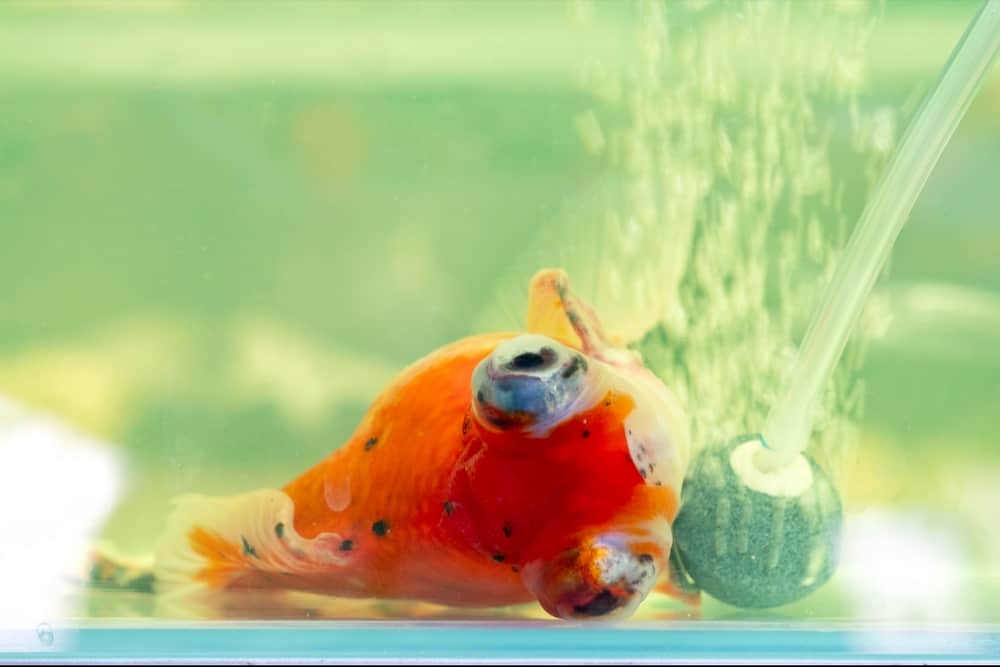
Nitrate is a byproduct of ammonia created by Nitrosomonas Bacteria.
This bacteria turns ammonia into nitrite, and another group of bacteria called Nitrobacter turns nitrite into nitrate.
Although nitrates are more tolerable than nitrites, a sudden change in their levels can be just as lethal.
A nitrite shock can happen when your aquarium’s nitrate levels are either lower or higher than those of the store.
Fish could die of nitrate shock within one or two days.
Common symptoms of nitrate shock include a loss of appetite, disorientation, lying on the tank bottom, rapid breathing, and rapid gill movement.
In advanced stages, the fish’s body curls from the head toward the tail.
Most of the time, tank owners don’t recognize nitrate shock because it can kill the fish very quickly.
10. Thermal Shock

Fish can’t regulate their body temperature the way humans do since they’re cold-blooded.
If there’s a fluctuation in the surrounding temperature, their body temperature also changes.
Being in a fish tank doesn’t expose fish to temperature changes since a heater or a chiller can maintain healthy temperature levels.
However, when the fish is in the transport bag, the risk of temperature change is significant.
Even slight changes in the temperature during short journeys can put fish under a great deal of stress.
A thermal shock can affect the heart and breathing rates, and dramatic changes can result in death.
How to Acclimate Fish

It’s pretty clear that any new addition to the fish tank needs some time to adjust to the new environment.
The length of time needed for acclimation depends on the differences between the stock tank and your aquarium.
The greater the differences, the longer the time your fish needs to acclimate.
You should also consider how long the fish has been on the move and its species.
More sensitive varieties need more extended acclimation periods.
Here are the most popular ways to acclimate your new fish.
1. Floating Bag
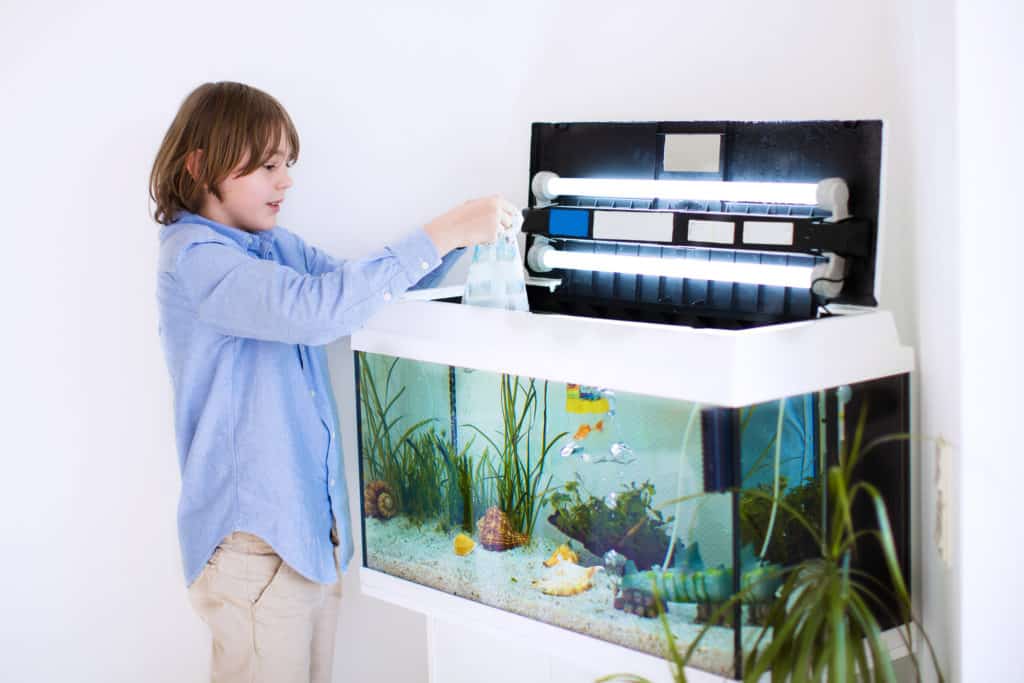
This method is the most popular among aquarists because it’s highly effective.
As soon as you get home from the store or receive the shipping bag, open it and empty a quarter of its water.
Refill the bag with the same amount of water from your aquarium.
Add the water slowly to give your fish time to adjust.
Open one end of the bag and put it in the acclimation tank or quarantine tank.
If you’re a beginner and don’t have a quarantine tank, make sure to get one since it’s essential.
Unfortunately, most beginners underestimate the importance of a quarantine tank and end up doing real damage to their fish.
Every 10 minutes for about an hour, add more water from the tank to the bag.
Adjust the amount of water based on the bag’s size.
After about an hour, gently take out the fish using a net and put it in the tank.
Never pour the bag’s water into your tank, or you might end up contaminating your aquarium with deadly bacteria or parasites from the stock tank.
2. The Drip Method

This approach is useful for fish, invertebrates, and corals sensitive to changes in water chemistry like pH and salinity.
You need a length of air hose tubing and a container like a bucket to hold the fish.
Put the fish and the bag water in the bucket.
Make sure the fish has enough room to move around comfortably and enough water to go above its fins.
Take the air pump tubing and attach one end to the tank using a vegetable clip or a cleaning magnet.
Tie a pretzel knot in the tubing to limit the amount of water that flows into the bucket.
Place the bucket next to the tank and get the siphon going by sucking on the tubing quickly.
Put the other end of the hose into the bucket.
Now, you have a nice stream of water in the form of drips going into the bucket.
The dripping should be fast enough so that the water doesn’t cool down quickly.
The right speed is one that takes 15 minutes to double the water level.
At this stage, remove half of the water from the bucket and resume the drip.
Repeat this process five times until you have around 10 percent of the bag water in the container.
For saltwater tanks, test the bucket water’s salinity with a hydrometer and compare it to the tank’s water.
Finally, take out the fish using a net and put it in the tank.
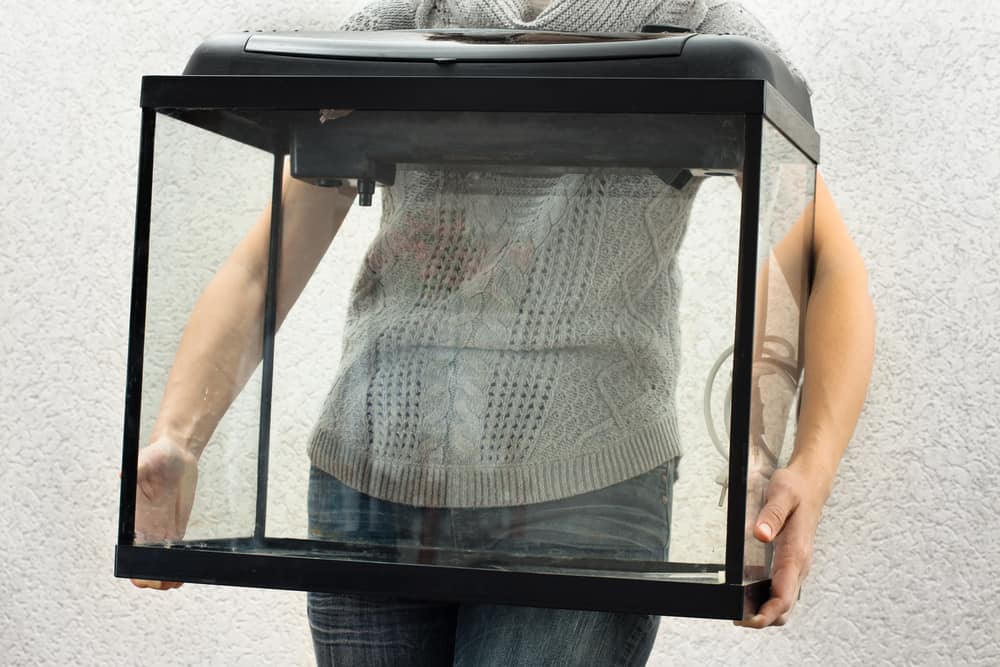

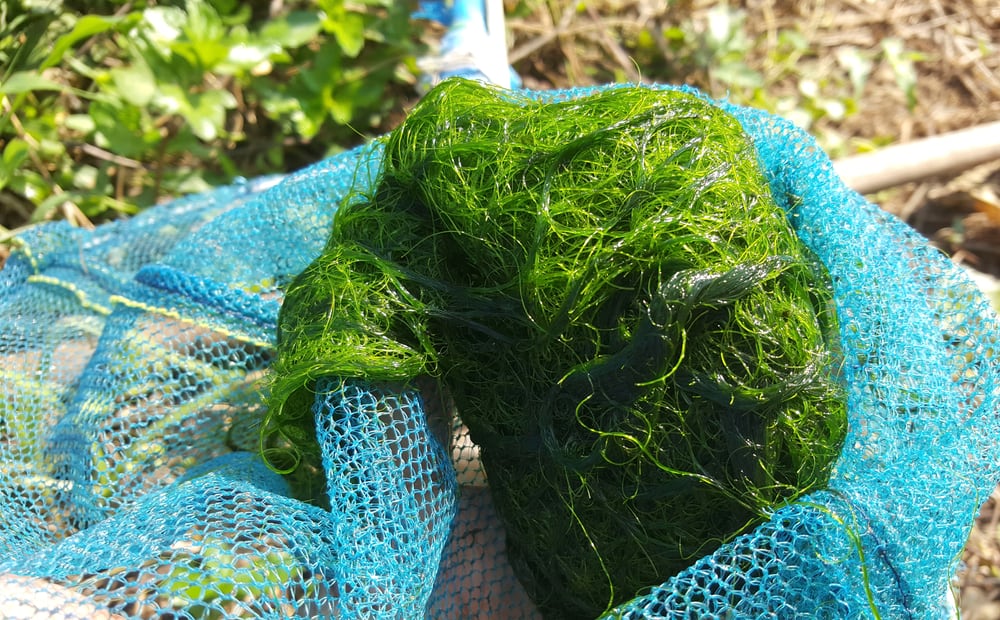
Leave a Reply
You must be logged in to post a comment.